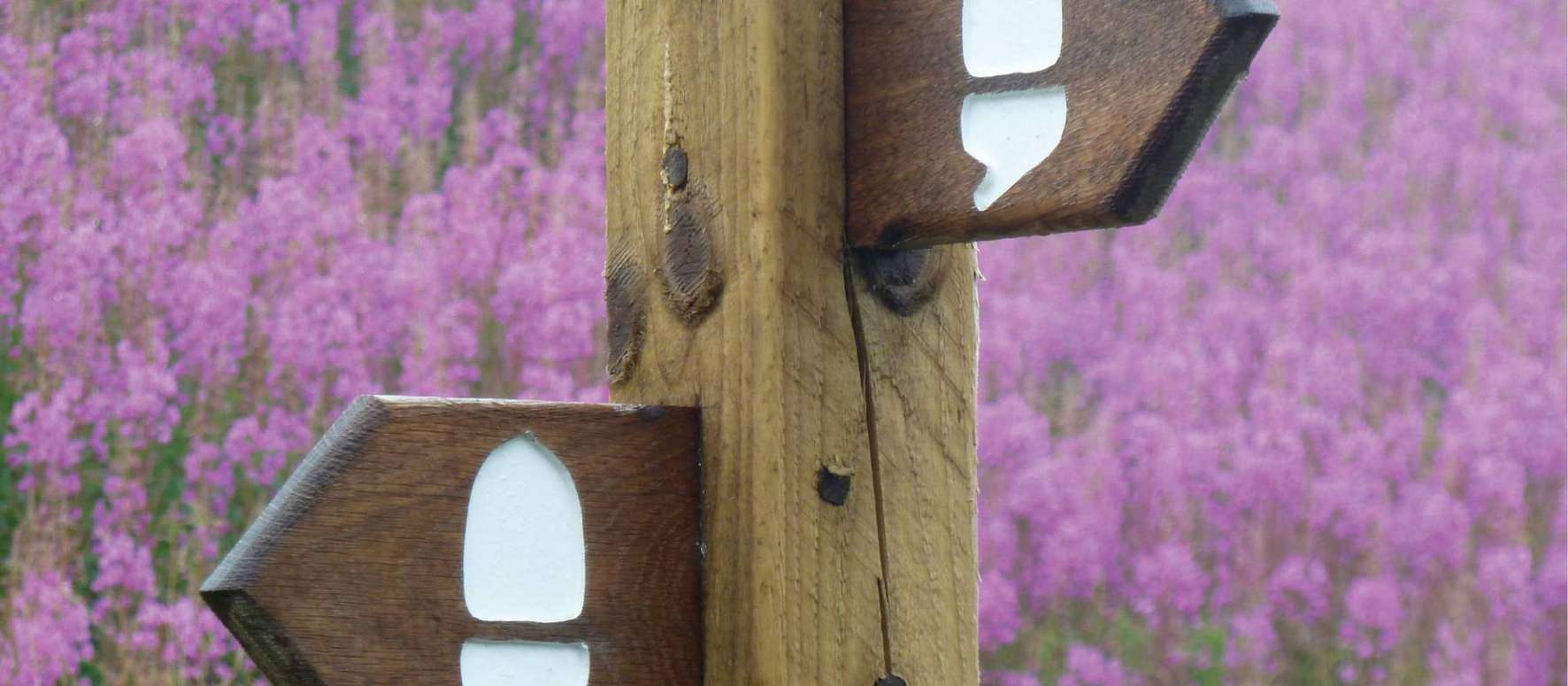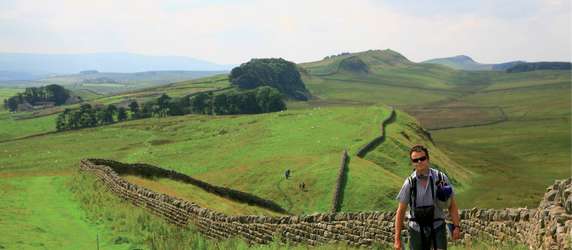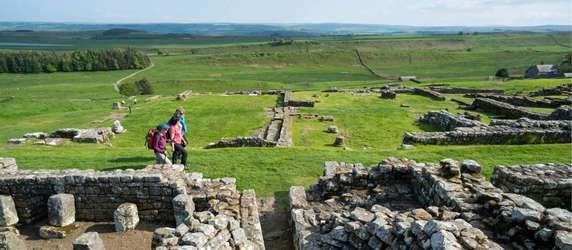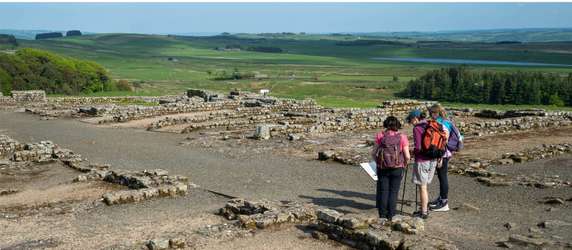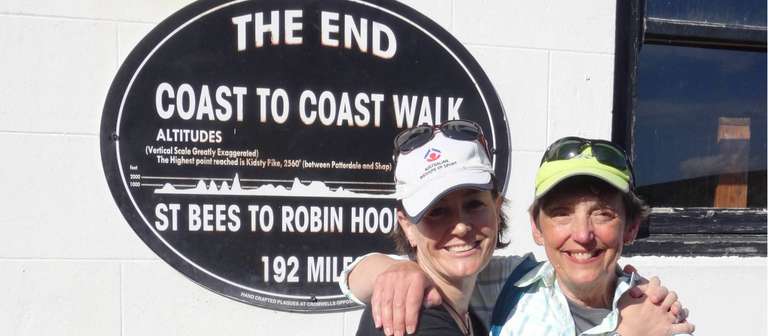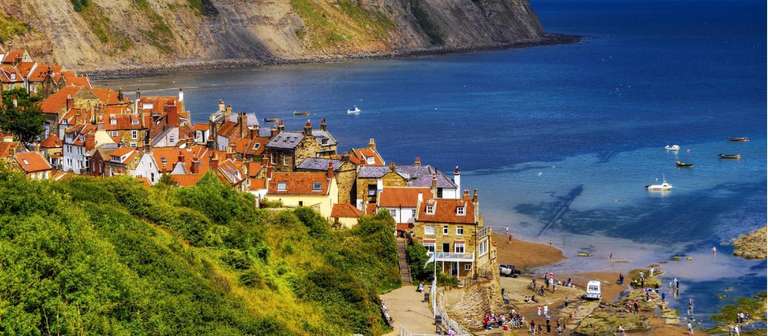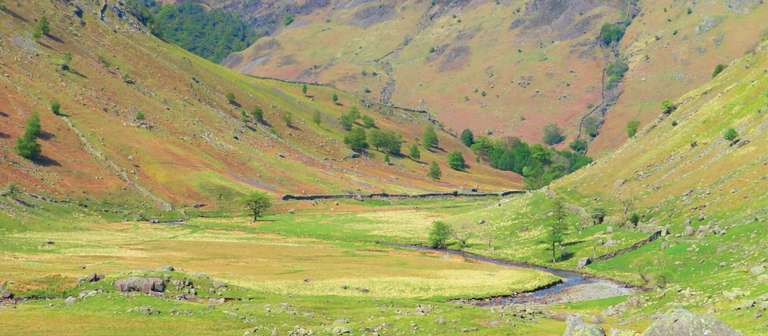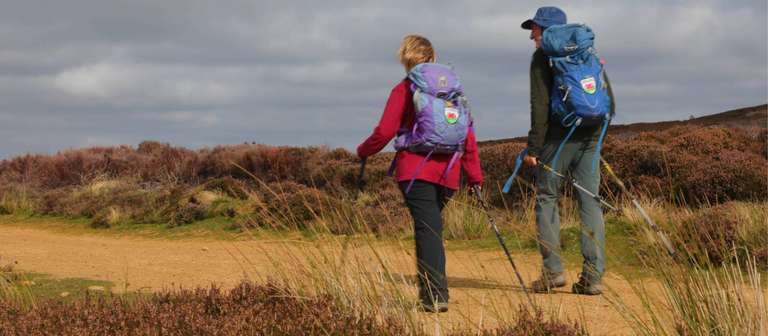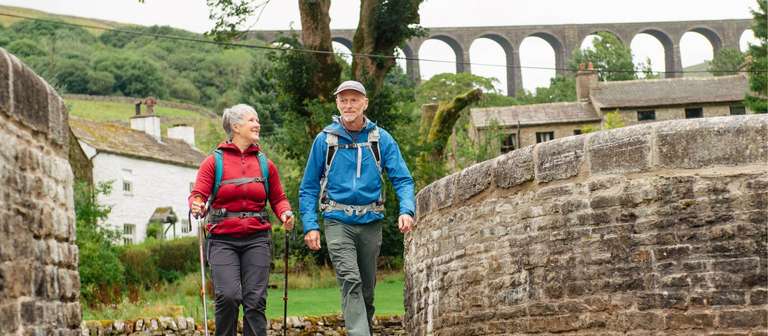About the tour
Tour Type
Group
Max Group Size
20
Age Requirement
18 - 99 yrs
Operated In
English
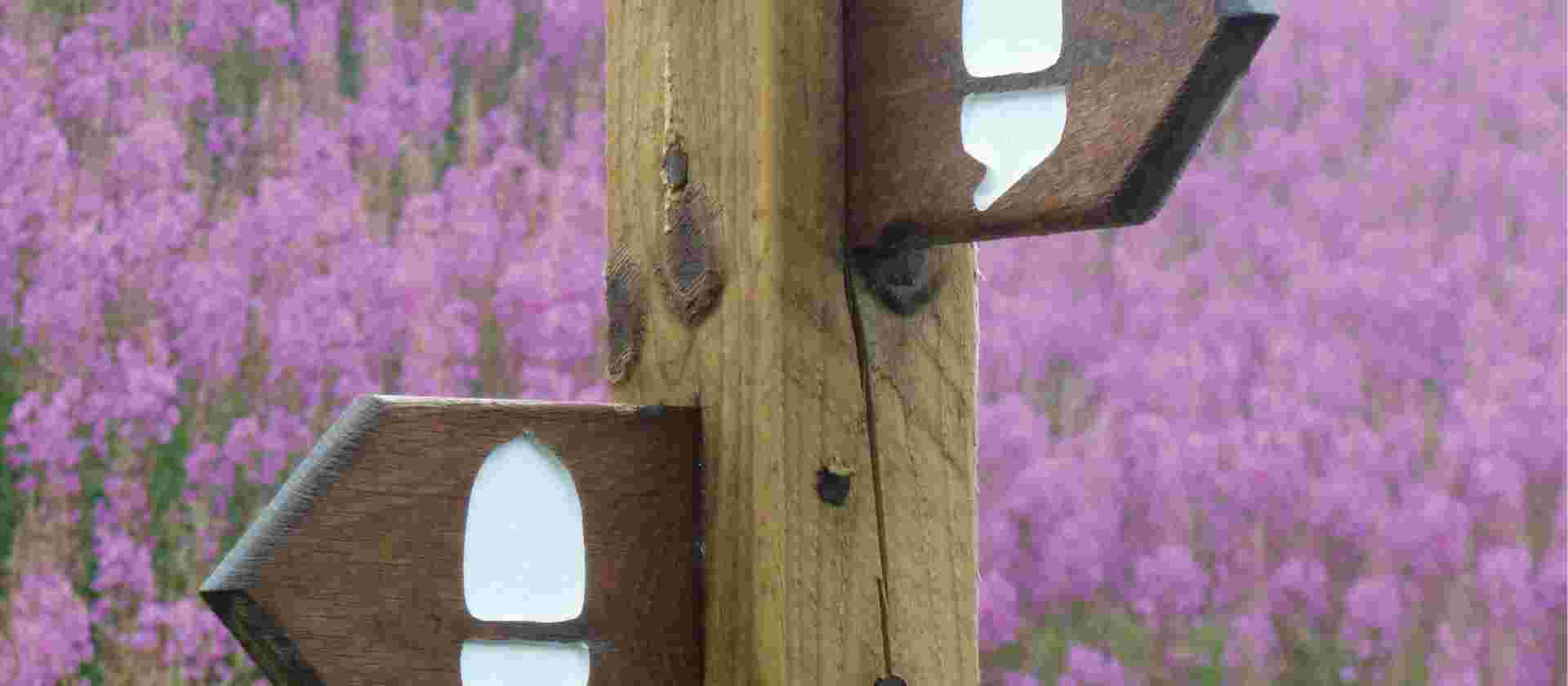
Get Trip Brochure
Get a detailed PDF brochure for this tour and start trip planning offline.
Availability
Loading availability...
Need help or have a question about this tour?
If you have any question about this tour or need help with planning a trip, please do not hesitate to get in touch with us.
Our travel experts are ready to help.


Why Book with Bookmundi
Earn USD 52+ in travel credits.
Best price guaranteed.
No credit card or booking fees.
100% financial protection.
Carbon neutral tours.
25,000+ trip reviews, with an average rating of 4.8 out of 5.
